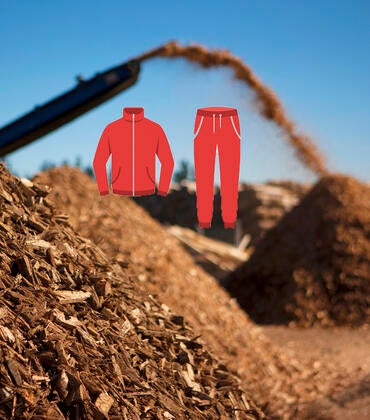
A study led by a UC Riverside graduate student has found that Latino high school students achieve higher grades when they perceive a more positive school climate and when they have a stronger sense of self-esteem.
Published in the Journal of Hispanic Higher Education, the study also found that a strong sense of ethnic identity contributed to better self-esteem. It suggests that supportive and inclusive school environments contribute to academic success.
“There's kind of a domino effect of climate having a predictive effect on self-esteem, and self-esteem then influencing grade point average,” said Jaqueline Dighero, the lead author of the study and a doctoral candidate in UCR’s School of Education.
The researchers found a statistically significant increase in grades when students felt good about the school environment and had a better sense of self-esteem. For instance, a C+ student could go up to a B-.
The study was based on detailed surveys of 300 Latino 9th- and 10th-grade students attending a public high school in Southern California and an examination of the participants’ grade transcripts.
The study recommends that schools address institutional and individual factors to improve the educational experiences of Latino students and hence improve school climate and academic success.
Schools should foster supportive and inclusive environments that promote students’ emotional well-being and academic engagement; provide opportunities for students to explore and celebrate their ethnic identities; work to reduce biases and ensure equitable treatment of minoritized students; and address systemic barriers to their academic success, the authors assert.
Dighero said institutional barriers include teaching and administrative staff who are mostly white and Eurocentric curriculums that give advantages to white students from upper-class backgrounds. School districts should recruit more minority staff, and teachers should receive training to make their lessons more culturally relevant to their students, such as lessons on Chicano, Black, and Asian American history, art, and literature, they said.
“Inclusion training isn’t necessarily happening in K-12 education,” Dighero said. “It is more of a thing at the university level. Some teachers may say, ‘Oh, but I don't know how to be inclusive. I don't know how to include curricula from different backgrounds.’”
More inclusive curricula also benefit low-income white students because standard white English is based on the language of upper-middle-class and elite white families, Dighero said.
“It is not necessarily how white folks with low-income backgrounds also speak. Exclusive curriculums are not only affecting racially and ethnically marginalized people but also poor white students,” Dighero said.
Dighero also encourages school field trips to cultural centers and museums, such as the Cheech Marin Center for Chicano Art & Culture in Riverside.
Dighero’s paper is titled “Predicting Academic Success Using a Critical Approach: The Impact of Campus Climate, Ethnic Identity, and Self-Esteem Among Latinx High School Students.” It is co-authored by Ilene N. Cruz, a master’s degree candidate, and Gabriela Chavira, a psychology professor, both at Cal State Northridge.
(Header photo/Getty Images)





